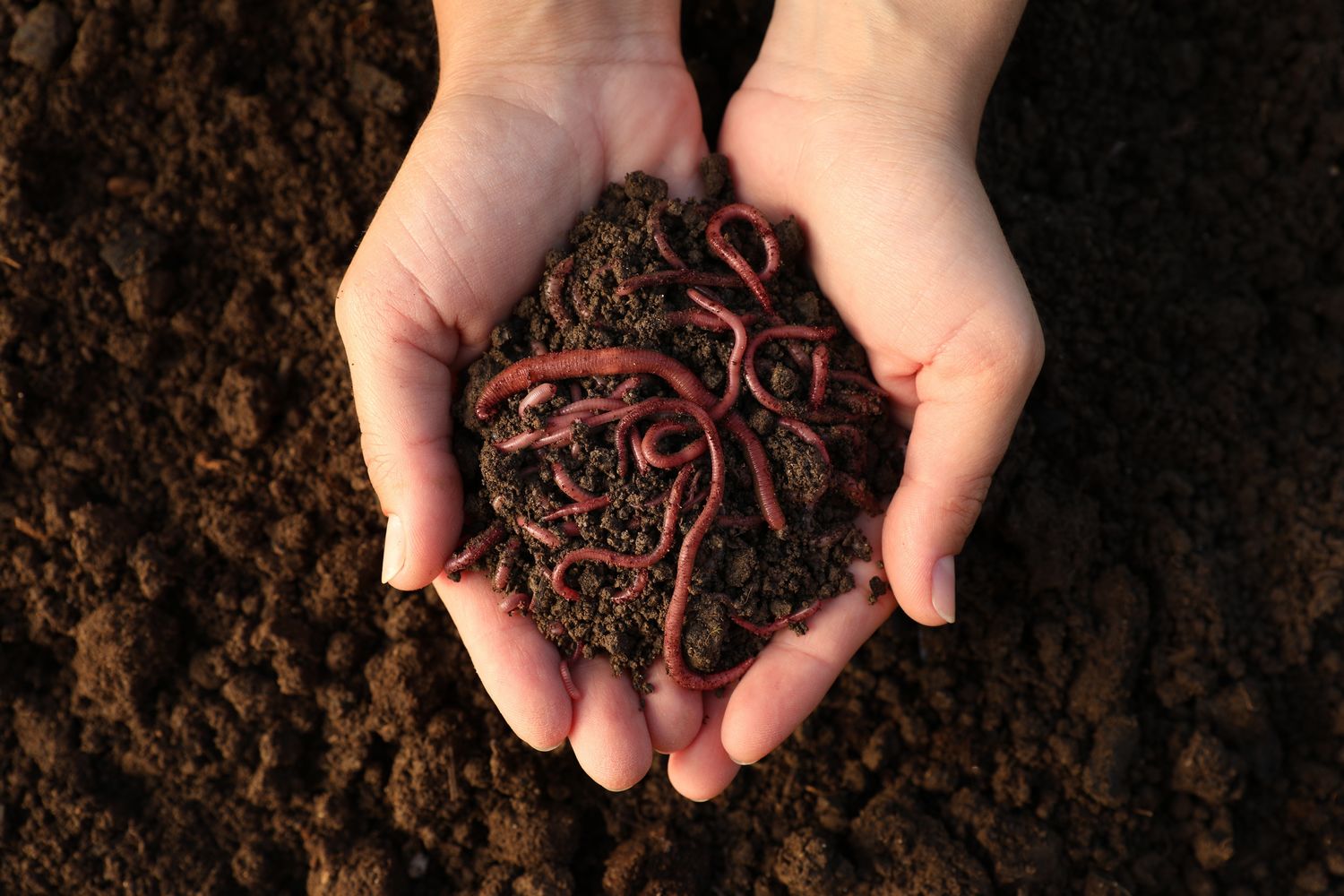Brown infrastructure and fertile land: why local authorities should take an interest
Brown infrastructure remains little-known despite the urgency of its preservation. Faced with land take, its restoration is becoming imperative.

Brown infrastructure is a crucial concept that refers to the continuity of soil in an area but remains little-known despite the urgency of its preservation. Faced with land take, the restoration of this brown infrastructure is becoming imperative. Approaches such as soil engineering, urban greening and brownfield restoration are popular, but access to fertile land is a major challenge. Could in situ regeneration of excavated soil be the solution?
After green and blue infrastructure, brown infrastructure comes to the rescue of urban greening
Brown infrastructure follows the same logic as green (plant) and blue infrastructure (water). However, unlike green and blue infrastructure, there is a severe lack of knowledge and little mapping of brown infrastructure. And yet, preservation of these infrastructure is essential because land take is the root of many problems:
- a higher risk of flooding
- loss of biodiversity
- global warming
- pollution
- a reduction in the capacity of agricultural land to provide food
- reinforcement of heat islands

© CPhoto credit: New Africa / Adobe Stock
20,000 to 30,000 hectares lost in France every year
Many hectares of natural, agricultural and forest land disappear every year under the influence of human activity, particularly through land take (1).
When they are not simply disjointed by this land take, brown infrastructure is often subject to pollution, soil compaction or mechanical work such as deep plowing. Yet, the soil is the home of a quarter of the planet's total biodiversity, so its presence is crucial for the improvement of urban biodiversity. Soil contains microorganisms (bacteria, fungi, etc.), microfauna (nematodes, tardigrades, etc.), mesofauna (mites, diplura, etc.) and macrofauna (earthworms, beetles, etc.).
Soil engineering is often used to reconnect soil and create brown infrastructure. However, ecological engineering and landscape engineering also play a decisive role in depaving soil and restoring brownfield sites to resolve the various impacts of land take.
Brownfield sites: an opportunity in the waiting
There are an estimated 2,400 brownfield sites in France, which cover 90,000 to 150,000 hectares of land. That is without counting commercial and administrative wasteland, the amount of which is unknown! (1)
Fertile land scarcity leads to a new way of managing excavated soil
Brown infrastructure is one way to improve urban biodiversity. But local authorities face a major challenge: greening cities requires fertile soil, while land resources are becoming scarce. The logic of zero net land take, endorsed by the Climate and Resilience Act of August 22, 2021, means refocusing on what is available on hand. Communities are turning to urban land with soil that is often sterile and polluted and land that cannot be reused without phytotechnologies or fertilization.
This raises the issue of finding a reliable way to supply cities with fertile land, which was addressed at the Paysalia 2023 trade show during the "How can we make our cities fertile if we have no more land?" conference. Pierre Georges, Development Director of Terres Fertiles, introduces the subject by talking about the need to rethink how soil is perceived.
“Today, soil is imported from outside the city and rubble from construction sites is disposed of outside, without any concern for the agronomic quality of excavated soil. With the zero net land take policy, this must change: we need to be more attentive to this resource by creating a circular economy and connecting the different trades.”
The same observation is made by Ornella Baronnick, landscape engineer and project manager at In Situ, which advocates in situ soil regeneration. “At present, when I prescribe soil, I am only able to know a minimum of its characteristics. By fertilizing excavated soil in situ for reuse, it is possible to have better knowledge of the soil being used, reduce environmental costs, and create truly robust green projects that ensure plant recovery.”
This is an attractive alternative for landscape contractors who are obliged to procure topsoil of varying quality because they cannot reuse the soil from construction sites which is often sterile and polluted.
Recreating brown infrastructure requires fertile land, a resource that is becoming increasingly scarce. By starting to reflect on in situ soil regeneration and brown infrastructure, local authorities can act on a number of fronts, and at the same time meet the high demand from residents to make cities green again and achieve the goal of zero net land take. Are you interested in this topic? Discover the best solutions at Paysalia trade show!
(1) Vie Publique: Zéro artificialisation nette (ZAN) : comment protéger les sols ?



